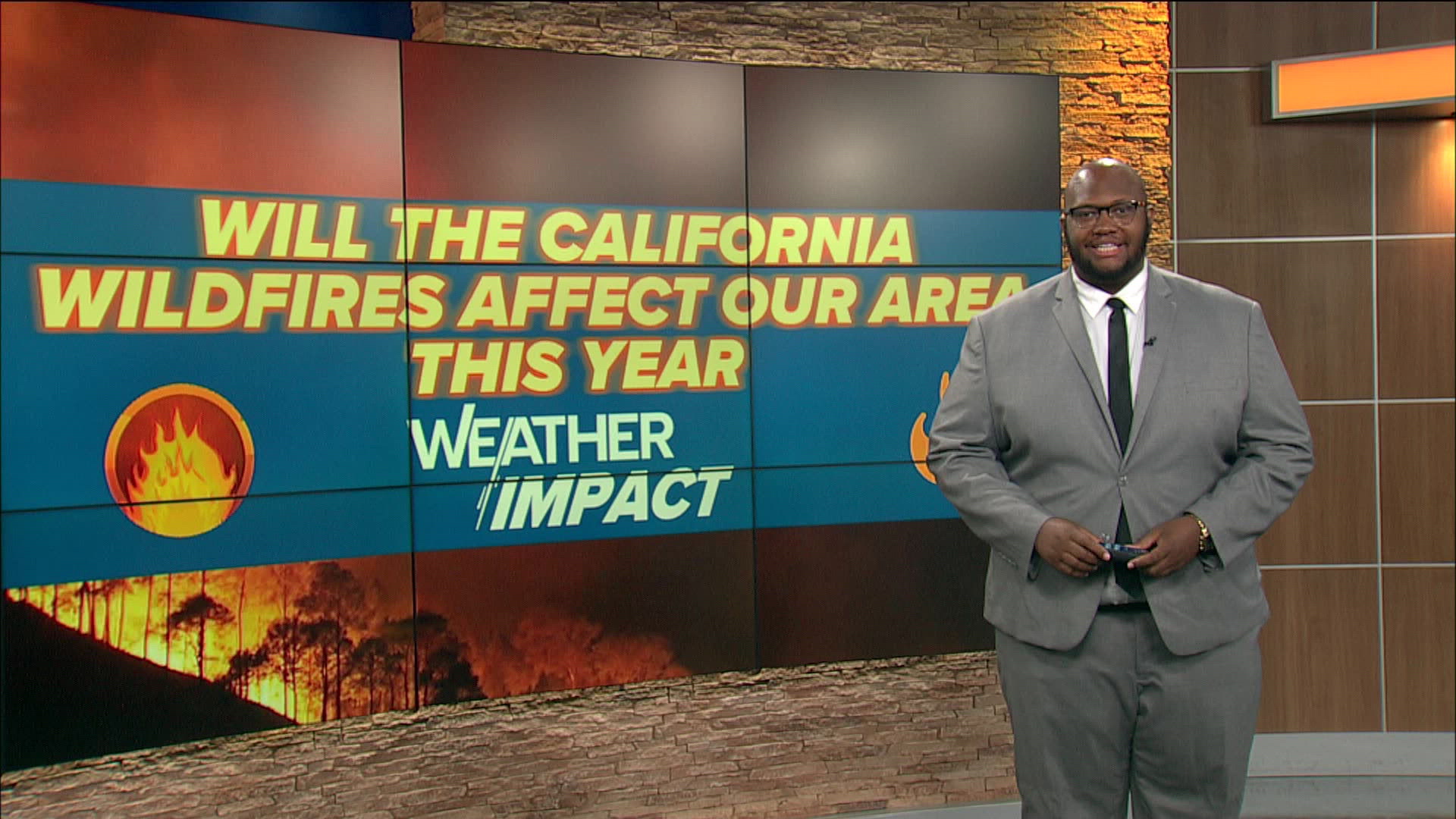TOLEDO, Ohio — Wildfires have been the hot topic the past several years during the hot and dry summer months, and many of these have been common in the recent weeks. These devastating wildfires leave a trail of absolute destruction and will likely to continue during dry, warm weather, with national effects.
Just last year, northwest Ohio and southeast Michigan were severely impacted by the effects of the historic and devastating Canadian wildfire smoke. This began with a burst of lightning and high winds, sparking some of the Canadian wildfires that dominated summer 2023.
This resulted in the worst and record-breaking wildfire season in Canadian history. According to the NASA Earth Observatory, from June 1 to July 23, blazes have burned an estimated 45.7 million acres—an area roughly the size of North Dakota. On average, just 2.5 million hectares burn in Canada each year.
As a result of this, the smoke from these wildfires blanked Michigan and Ohio with hazy skies, and very unhealthy air quality. This left many cities and towns with no choice but to retreat inside from the hazardous air. So far this year we have seen little to no impacts from wildfire smoke, but with one of the largest wildfires still blazing out of control in California, will we see impacts from the smoke and to our air quality in our area again this year?

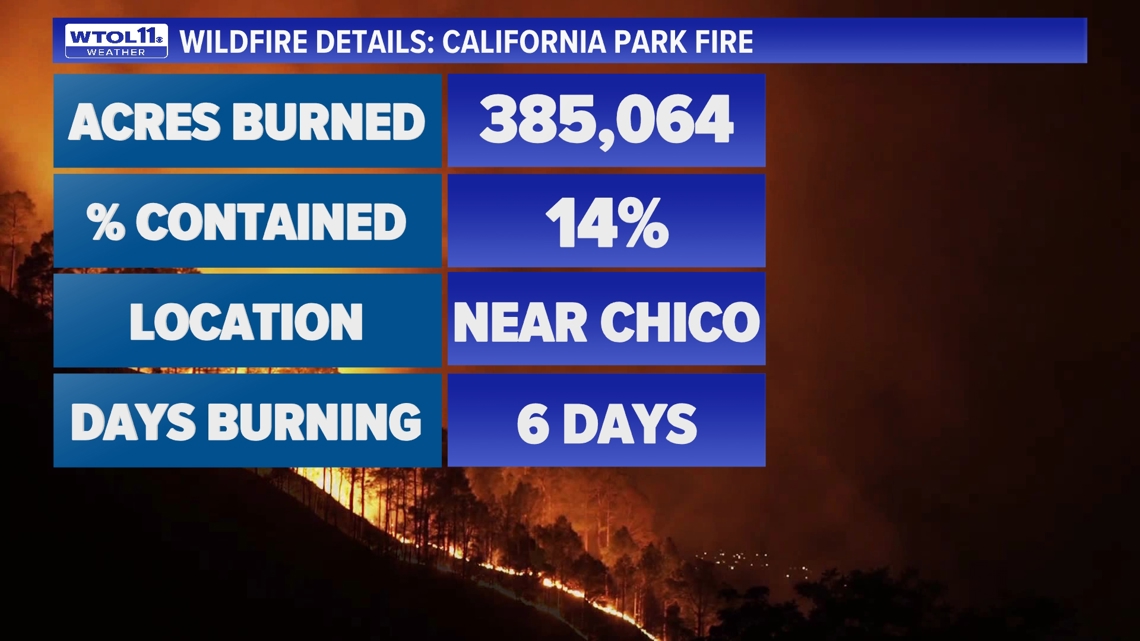
California Park Wildfire
One of the largest wildfires in California history was allegedly caused by a man pushing a burning car into a ravine sparking the most talked about wildfire this year to date. So far, this wildfire has scorched northern California, burning many homes and forested areas in its path.
According to the California Department of Forestry and Fire Protection, this California Park Fire alone, has already burned over 380,000 acres throughout northern California, and it is less than 20% contained. At this point, this wildfire is burning areas at a rapid rate as it has only been burning since July 24.
The California Department of Forestry and Fire Protection states that the fire continues to burn very actively. With the steep terrain, wind activity, and many inaccessible areas, the fire is making uphill runs and spot fires continue to occur.
Critically low fuel moisture and high winds have created difficulty for firefighters in suppressing the fire spread. In a recent statement, officials mention some of the ingredients for wildfire to stay alive and grow bigger and bigger have all combined for this massive inferno.
California is known for its wildfires because the conditions are highly favorable. There are three components to a robust wildfire. The first is dry weather over many days, weeks or even years in one area. If the ground and trees in the area are saturated from recent rain, wildfires will not thrive in those areas.
For example, if you have an area that has not seen rain in quite a while, this will result in favorable wildfire starter conditions. The other two components include hot weather and windy conditions. According to the Western Fire Chiefs Association when temperatures are warmer and there is lower relative humidity, it makes fuels more receptive to ignition.
When winds are strong they supply more oxygen, preheat fuels in the path of fire, and transport embers ahead of the flaming front. At this point, the chance of wildfire is greatly increased.


Why do wildfires last so long?
Although water is the ultimate killer of fire, it is extremely difficult to put out wildfires due to several reasons, and many obstacles that must be taken into consideration with dealing with a fire.
First, in California these fires often happen in very remote and rugged areas where the terrain is not favorable for battling these wildfires. They are not reachable or immediately accessible to crews when the ignite and are small.
When a wildfire starts it is very much like a game of whack-a-mole. When you put out one area of the fire, another area grows larger, stunting the progress of putting out the wildfire. This is also connected with the problem of not having enough firefighters to battle these wildfires to full strength.
When a wildfire grows, it is next to impossible to cover the entire area to battle the flames of wildfires. Wildfires grow to be several thousand acres, so containing them takes a significant amount of strategy and effort to stop these wildfires.
Lastly, several structures and homes are destroyed during wildfires, but the number one priority is protecting human life from life-threatening situations. The effort all agencies make to control wildfires is one of the important duties during the wildfire season. They continue to ask the public to be prepared and diligent, as wildfires continue throughout each year.


How does wildfire smoke travel so far to our area?
Last year, hazy skies and wildfire smoke dominated the Summer skies interrupting several summer activities, and everyday life for many people. According to the Western Fire Chiefs Association wildfire smoke can travel and disperse hundreds, if not thousands of miles through prevailing winds aloft in the atmosphere.
This large coverage impacts air quality in areas far from the actual fire and can linger for weeks. Wildfire smoke can travel so far due to the smokes fine particles picked up by the wind, lifted into the atmosphere, and pushed into surrounding areas spreading the effects of wildfire smoke and poor air quality to surrounding regions.
At the point where the wildfire smoke travels so far, the particles within the wildfire smoke do not lose the dangerous effects that it has on the air quality. So even if a wildfire is thousands of miles away, the smoke from those fires can still be hazardous to your health, especially for those with respiratory issues.

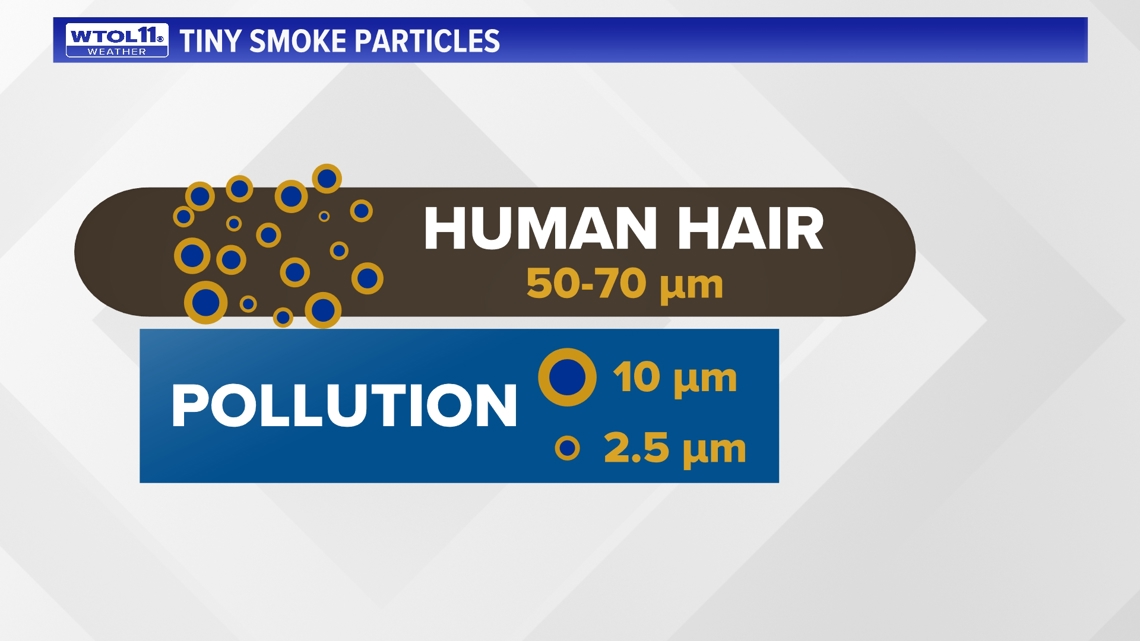
Wildfire Smoke Impacts
When: Over the past two summers and into the early fall months, we have seen impacts on our air quality from both Canadian wildfires and California wildfires. As a result, wildfire smoke particles have left many of our local areas retreating inside, especially for groups with sensitive respiratory issues. With wildfires likely growing larger, and becoming more common over the years, impacts to our air quality will continue to pose threats for communities across the country and to our area locally.
Impact: The enhanced chance of wildfires and wildfire smoke as our climate continues to warm will certainly become a known problem for our air quality for many years to come. If wildfire smoke becomes more common over the years, our very way of life will be changed drastically by limiting time outdoors.
If our air quality is impacted, health concerns will be heightened for those with asthma and other breathing problems. Furthermore, the possibility of eye, lung, and throat irritation will become more common in our everyday health. Lastly, other more serious, but rare effects are possible such as heart disease due to inhaling smoke particles causing a lasting impacts on our body's health the more wildfire smoke is present over a long duration.

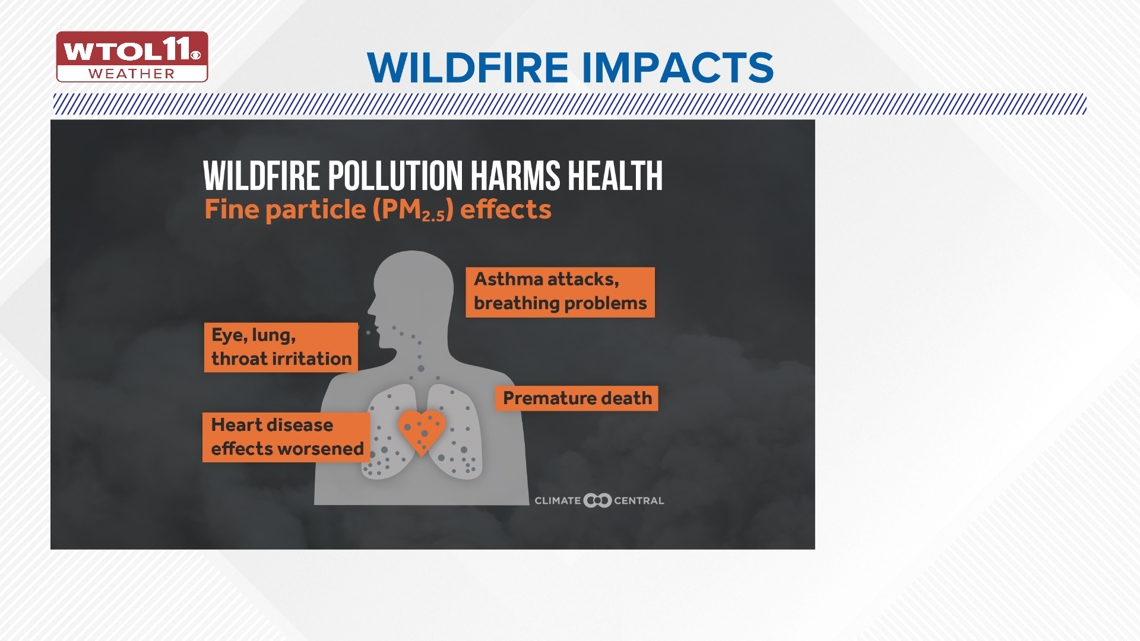
Need: For wildfires and wildfire smoke to become less common, the constant effort from residents to be more careful and vigilant during recreation activities is necessary. According to the National Park Service, nearly 85% of wildfires in the United States are caused by humans. The agency said human-caused fires result from campfires left unattended, the burning of debris, equipment use, malfunctions of equipment, negligently discarded cigarettes, and intentional acts of arson.
Checking the weather during days when conditions are favorable for wildfires to start will help limit the chance of those fires. Although natural wildfires happen, most wildfires sparked by human activity continue to happen at an alarming rate.

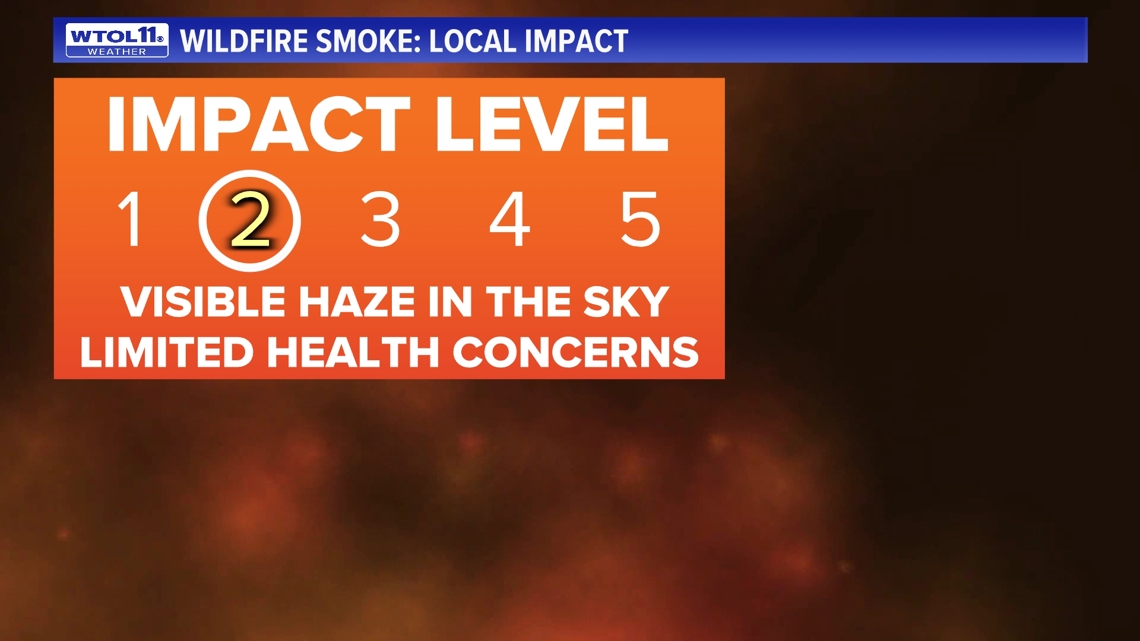
WATCH MORE WTOL 11 WEATHER IMPACT

